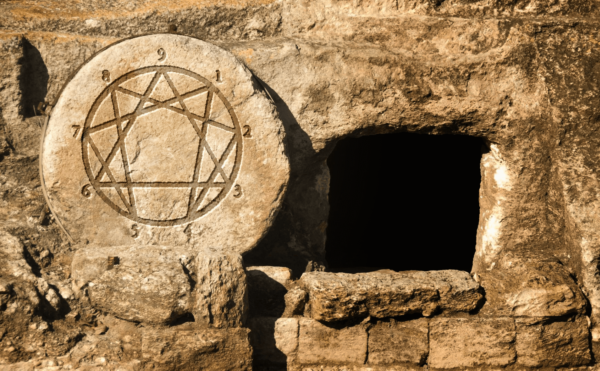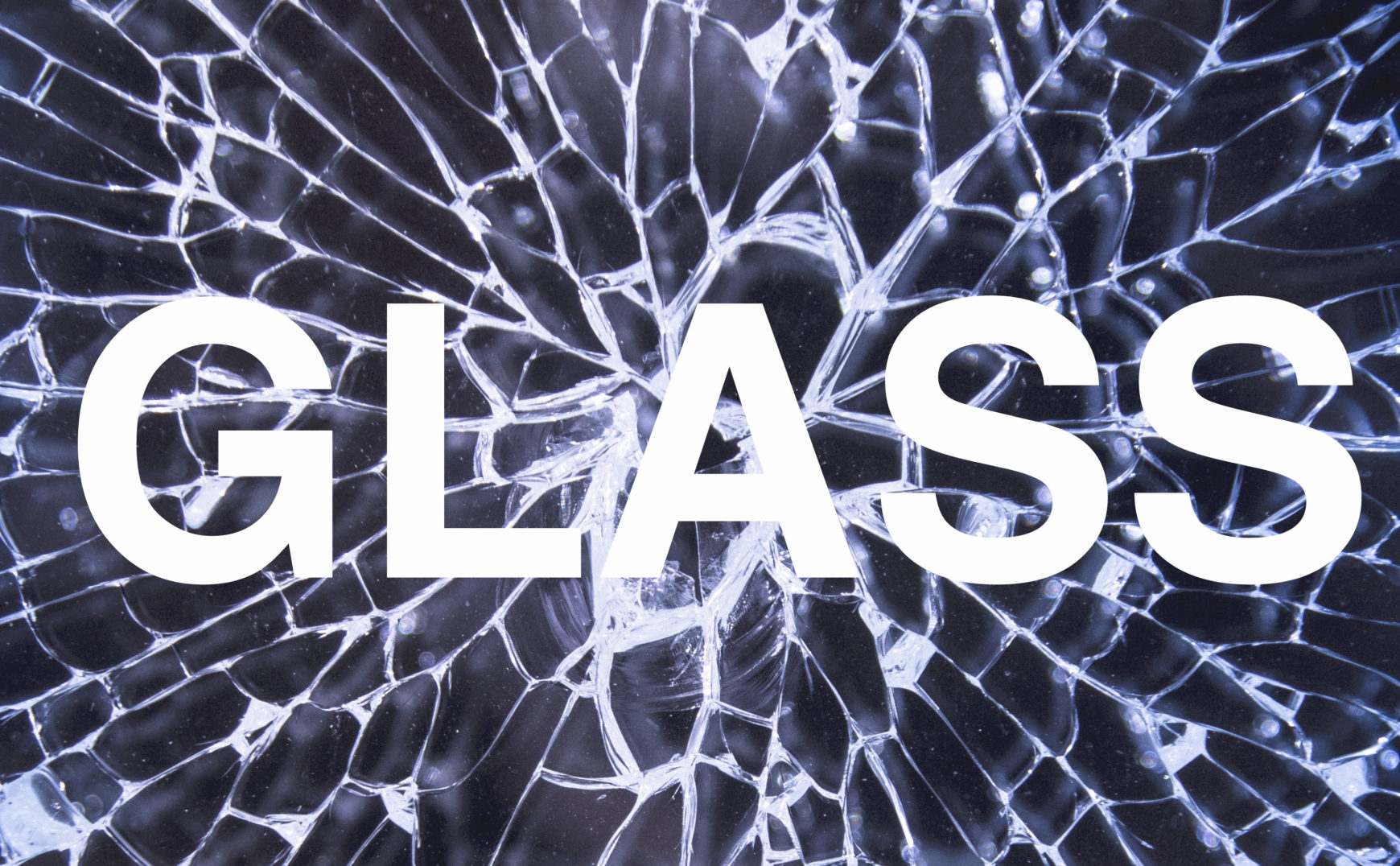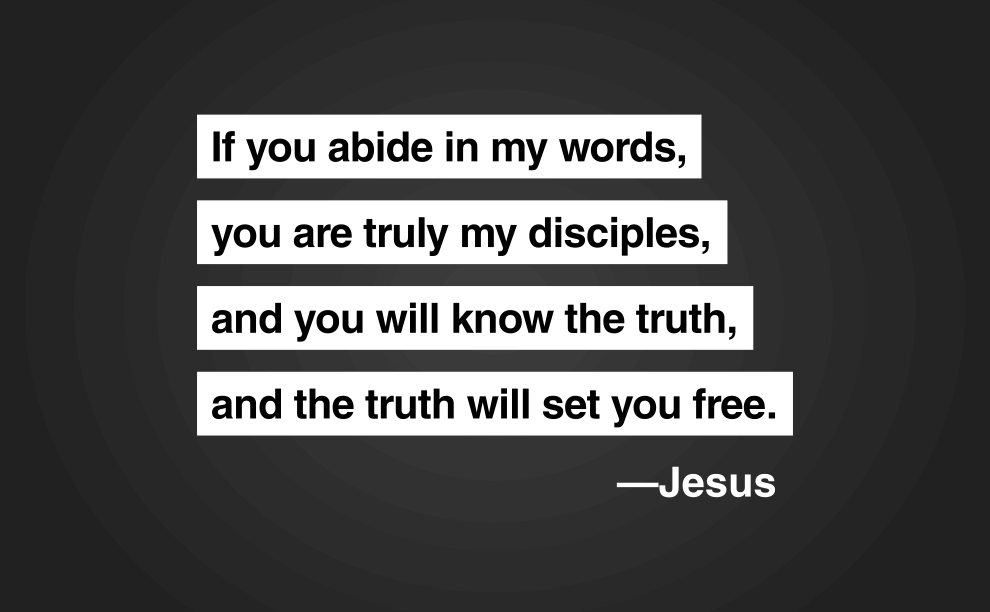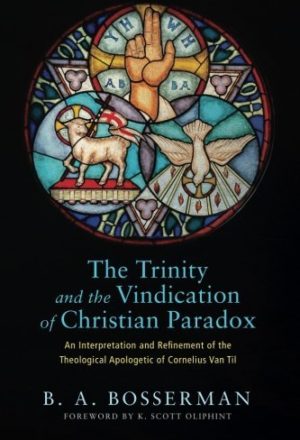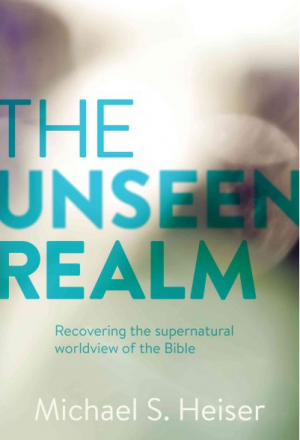Here are a handful of facts from this article in the Atlantic: A counselor watches a patient, Louisa muskovits, vacillate between normal behavior and uncontrollable snarling, screaming, flailing, and pulling out chunks of her own hair has never seen such behavior until now. The official Catholic exorcist for Indianapolis has received 1,700 requests for exorcism in 2018. The Catholic church had their official Exorcisms and Related Supplications handbook from 1614 finally translated into English last year. In 2011 they had 15 official exorcists, now they have between 70-100 in the United States. After delving into some more facts regarding Catholic exorcism protocol and some psychiatric history, the author, Mike Mariani, follows Louisa on her journey for help and healing.
I’m reminded of this article from 2016 in the Washington Post: As a psychiatrist, I diagnose mental illness. Also, I help spot demonic possession.
We’ve also written about this subject in The Death of Anneliese Michel: A Demon Wrought Tragedy and specifically a cross roads of psychology and demon possession in Not Exactly Themselves.
In the first article, Mariani at one point asks the question:
The inescapable question is: Why? Or rather: Why now? Why, in our modern age, are so many people turning to the Church for help in banishing incorporeal fiends from their body? And what does this resurgent interest tell us about the figurative demons tormenting contemporary society?
Disbelief is mingled in Mariani’s journalism by his own confession that the demons tormenting contemporary society are figurative. They are not figurative. He periodically suggests psychiatric explanations that fall flat. By the end of the article we learn Louisa continues to suffer as she feels ambivalent about pursing psychiatric vs. spiritual help.
There is a lot to say to answer the question Why now? There was a time when American culture acknowledged and honored God a lot more than it does now. That may sound like an evangelical platitude, but it’s still a reality. Less people are Christian. Less people believe that Jesus is Lord, Savior, and the only One who can provide deliverance from demonic oppression for that matter. Yet more people are spiritual or “open to spiritual things.”







